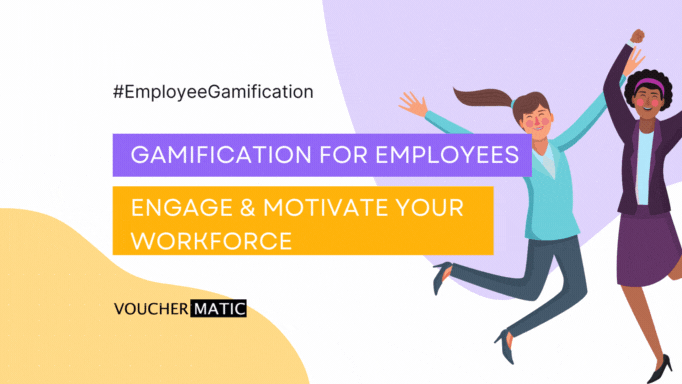Work is work, and play is play. That is the general belief that people have towards jobs. You should set aside all fun and enjoyment whilst you work, and only take in those guilty pleasures when you have left the office.
But all work and no play makes Jack a cranky boy.
Indeed, when you work all day from 9 to 5, staring at your computer screen can be exhausting. Being trapped in your cramped cubicle can get rather stifling. All those meetings lined up for your day can get daunting.
That’s why your employees will start disengaging from work.
Disengaged Employees are Unproductive Employees
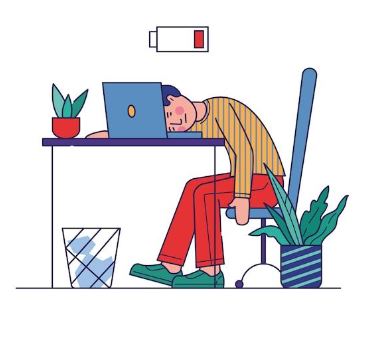
When your employees are bored, or when they feel no excitement, no love for what they do, you can plainly see their motivation decrease. When that happens, they start making mistakes, doing less, and this would naturally result in a reduced productivity affecting your business.
A study shows that U.S. companies lose between $450 to $550 billion annually because of disengaged workers. Just one disengaged employee can lose the company $3, 400 for every $10, 000 of salary.
This is not a rare phenomenon either—according to Gallup, 51% of employees are disengaged, whilst 13% are actively disengaged. The latter of which means that they feeling terrible at work instead of just being bored.
Disengaged employees (33%!) are also more likely to quit, since they don’t derive fulfilment and pleasure from working with you. You then have to spend more time and resources putting out job listings and ads to hire and re-train new employees.
The situation seems almost hopeless. After all, it is difficult to make people want to come to work, since work is usually regarded as something serious, something unenjoyable.
Well, maybe it’s time to smash that outdated dogma and introduce some fun into your workplace
Employee Gamification: Fun in Work

Gamification refers to the application of gaming elements like point bars and leaderboards to non-gaming environments. In this case, employee training.
What if my employees are too engrossed in the games to work? What if they have an even lower productivity because they spend all day on their phones?
Well, that’s not what the statistics say.
90% of employees say that gamification makes them more productive at work, and they experience a 60% increase in their engagement levels.
Thanks to the higher levels of engagement, employees will contribute better to their role in the business, and this will ultimately lead to better results, such as revenue. Companies that make use of gamification are 7 times more profitable than those that do not.
Benefits of Gamification
Employee gamification does sound like some hocus pocus, that games can better your profits. Well, unless you’re part of the gaming industry. That is why we need to get into the details of how gamification can benefit your employees, and your company.
Better Employee Engagement
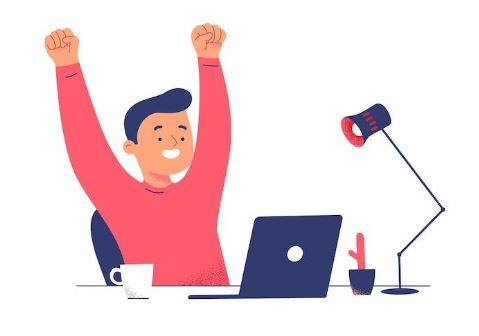
When you work at a job long enough, it could get boring. Going in and out of the office, repeating the same tasks over and over again can suck all the novelty out of it and leave you a soulless husk at your desk.
But with gamification, it is easy to spice things up! Having games in training plans is shown to improve productivity by 50% and employee engagement by 60%.
Why is this so? Because employees can experience day-to-day life at work through the games themselves, instead of just reading or listening to a presentation about it. Just as well, 49% of workers say that they are bored with non-gamified training programs.
Even better, by allowing them to earn points—to advance to the next level—after completing training modules appeals to their sense of achievement. Through their own effort, they have achieved something—such as a higher level—and it would invoke a flood of dopamine in their brains.
It makes them want to interact more, to earn more points, to continue with their training. In other words, you have effectively convinced them to initiate the interaction. In contrast, I doubt an employee would actively want to go to a lecture about work.
Better Knowledge Retention
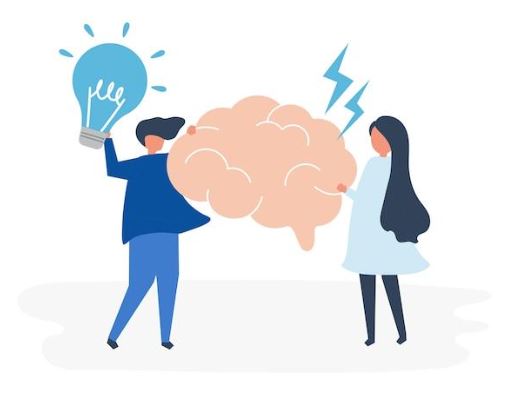
With more engaged employees, you can expect them to retain more knowledge. Because they are actively involved in solving problems and simulated job experiences, they are more likely to internalise the information better.
With your gamified program, you could include funky little characters, memorable themes, and impressionable settings to stimulate their interests. They can associate a business concept to each of your little characters or plotlines, which would help them remember the information to a larger extent.
Learners only recall 10% of information from what they read, 20% from what they hear, and 90% from an interactive, gamified task. This shows the stark contrast between traditional training methods and gamified ones.
If your employees remember more, they can apply these concepts when they are out in the field. This can improve their productivity because they know what to do, and the best way to go about doing it.
Higher productivity leads to a greater revenue stream, which is good news for your business.
Better Competition

Adding elements like score- and leaderboards can foster healthy competition between your employees.
Knowing that they will be recognised for their efforts, employees will be more motivated to interact with their training program and learn and do more. With that, they can earn more points and move up the rankings.
37% of employees feel most encouraged by personal recognition. Also, 84% of highly engaged employees received recognition the last time they put in extra effort at work.
Recognition can come in the form of seeing their names at the top of leaderboards, but it can also come from little incentives such as gift cards.
With employees striving to do the best they can in their jobs, you can be assured that their productivity will inevitably rise.
Better Teamwork
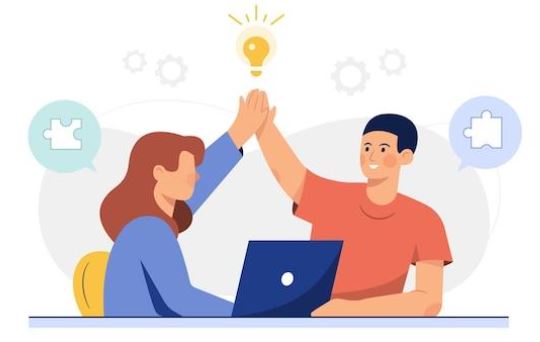
Employee gamification allows for both individual games, and team games. These team games can facilitate the collaboration of people from various departments.
By giving them a common goal to work towards, games can easily and quickly cultivate cordial, if not friendly, relationships between people who would probably not see each other much in real life.
Working with employees within and outside of their department can allow for more interaction and smoother communication. Effective internal communication is said to motivate 85% of employees to be more engaged in the workplace.
Not only will they have a more pleasant experience at work, you can encourage innovation in this way. They can build ideas from distinct schools of thought, integrating them to form something unique.
Innovative ideas can certainly help your company in ways that you cannot imagine, from improvement of current business practices to new product development.
By hearing from different perspectives and accepting different ideas, you could push out disruptive campaigns or products, and establish yourself as a leader in your industry.
Betters Their Responsibility of Their Learning
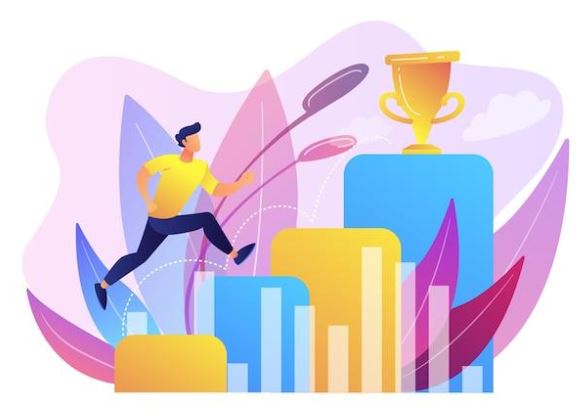
Employee gamification helps employees take charge of their own learning. By allowing them to select what kind of skills they want to improve on, you are essentially, partly, handing autonomy over to them.
By giving employees the choice of what they want to learn, then they would be more likely to realise that they are responsible for their own learning. They learn because they want to, rather than because someone told them to.
Employees are more than inspired to improve themselves because they think that the company is counting on them. They feel more important, and are more interested in bettering themselves so that they can serve the company better
Better Sense of Progression
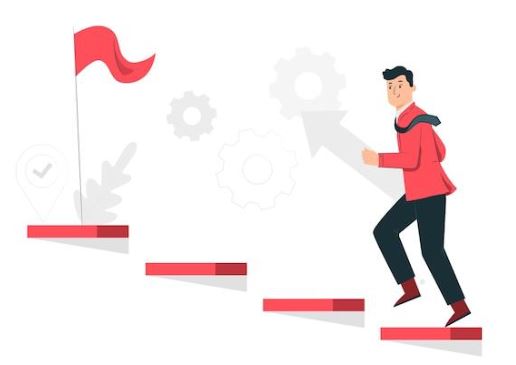
Visual elements like progress bars make it easier for employees to see how well they are performing. When they see their progress bar fill up, when they earn a reward, when they move up a new tier, they will feel a sense of achievement.
This is because they can see perfectly how much they have accomplished. How much they have put behind them. This incites them to do more, to learn more, so that they can continue completing the training program to a hundred percent.
Needless to say, this aspect of employee gamification leads to higher employee engagement.
More Willing to Make Mistakes
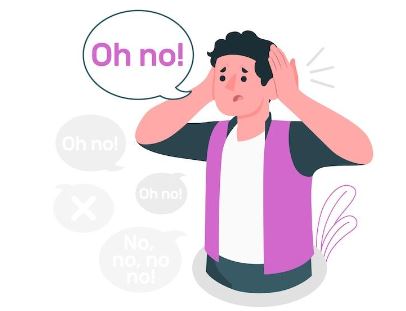
Employee gamification gives employees a safer environment to take risks and make mistakes. It gives them a small safety bubble to show them how certain actions can lead to certain consequences.
Without them having to confront of deal with the aftermath, of course.
More risk-taking can open the doors to their creative spirit. It forces them to think outside of the box to solve problems that can crop up in their daily working life. This can give birth to novel ideas to improve on the business.
Even for new employees, making mistakes in simulated working scenarios instils in them confidence with regards to what they can or cannot do when they start working.
They will be less afraid in asking for help, and they can assimilate better to their environment.
Better Assessment of Strengths and Weaknesses
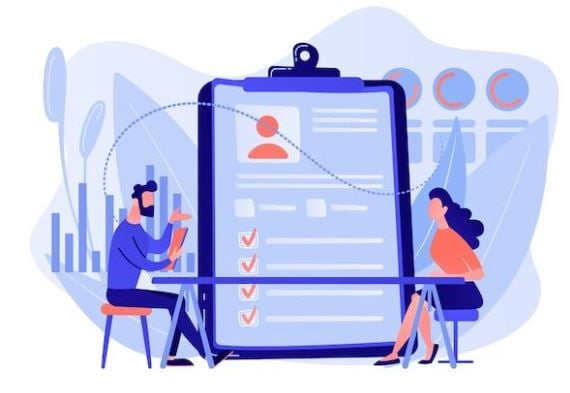
Employee gamification helps you to capture data such as how well certain employees are doing certain roles.
For example, how many sales an agent has made, and how many incidents a call centre worker has addressed successfully to the best of their abilities?
With the speed and accuracy lent by digital solutions today, it is easier than ever to obtain information about employee performance. You can make use of hard data to discern their strengths and weaknesses and give them feedback on how to improve.
Employees are sure to feel that they are being judged through an objective lens rather than a subjective one. It removes the need to pander to a manager, and it instead encourages them to do their work as they should.
Moreover, gamification allows for faster feedback to be given. Employees don’t have to wait for a supervisor to lecture their ear off or their performance reviews to work on their weaknesses.
They can get the information immediately upon completing levels or modules. This reduces the wasted time that they could have used to improve themselves.
Better Work Culture
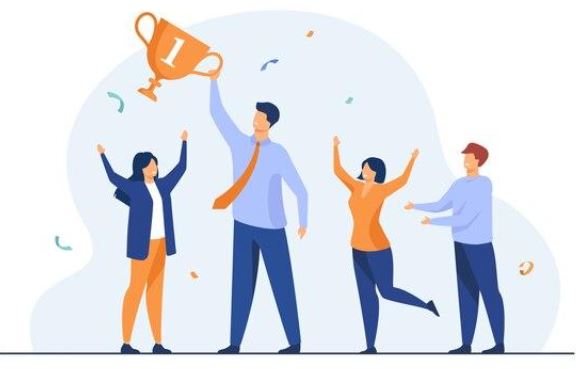
According to Hays, 47% of active job seekers want to leave their jobs because of a bad work culture. Moreover, companies with terrible cultures increase their revenue by only 166% over four years, as compared to a whopping 682% from companies with amazing cultures.
If employee gamification helps to motivate employees to learn in a fun and engaging way, then they’d likely find their jobs more enjoyable. They’d want to participate more in their role in the company.
Moreover, they are motivated by their fellow employees through a sense of healthy competition. Not only are they working against their employees, they are also working with them through collaborative projects.
This all contributes to a better work culture. Happy employees, lower employee resignation rates, a productive workforce, and better revenue and profits. It’s a win-win situation for everyone.
Better Corporate Image
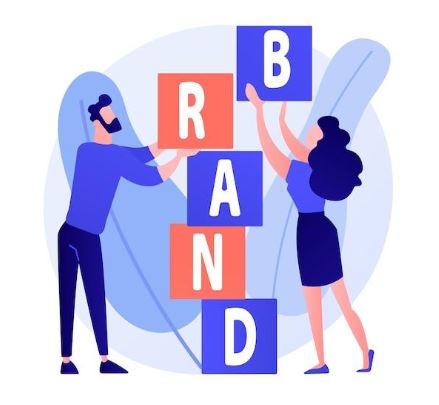
Employee gamification helps to build a better corporate image, mostly thanks to the work culture as mentioned previously. If you have a good work culture, word of it will spread, and you will find more investors wanting to invest in your company.
Not only that, but you’ll notice that you have more potential employee candidates who want to work with you. 78% of surveyed people said that gamification in recruiting would make a company or position more appealing to them.
With a greater pool of potential candidates, you can more easily hire people who would be an ideal fit in your company. You can find people who have the personality and the skills to complement your current teams’.
The best part about having a better corporate image is that you show that you are a company that cares about its employees. That you are a company that promises results thanks to a happy workforce, and not because you’re a slave driver.
Conclusion
No-one ever said that you can’t mix fun and work together. In fact, it is a combination that, when done right, works the best. Engaged employees are motivated employees, and motivated employees are happy employees. Happy employees are productive employees.
If you’re looking for gamification solutions, then look no farther than Vouchermatic! We specialise in implementing gamification no matter whether it is your web page or app with our API-first platform. We have many different kinds of games you can choose from—Mystery Box, Spin the Wheel, Stamp Cards, and many more.
We also let you customise your games to suit the theme of your training program, and you can even put your brand logo on the interface. The best part is that you don’t need to learn about our software at all—our dedicated team will handle it all for you.
Engage those disengaged employees now with Vouchermatic! Contact us here to discuss your gamification strategy today!
